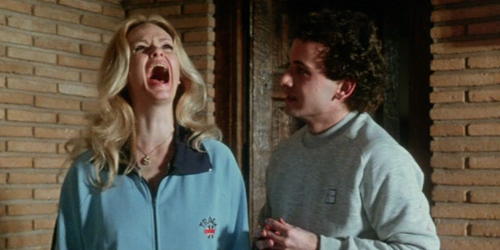


Nowadays, when a factory-built home is moved to a location, it is usually kept there permanently and the mobility of the units has considerably decreased. During the late 1960s and early 1970s, the homes were made even longer and wider, making the mobility of the units more difficult.
Pieces 1982 trailer professional#
The smaller, "eight-wide" units could be moved simply with a car, but the larger, wider units ("ten-wide", and, later, "twelve-wide") usually required the services of a professional trucking company, and, often, a special moving permit from a state highway department. All of this helped increase the difference between these homes and home/travel trailers. The homes were given a rectangular shape, made from pre-painted aluminum panels, rather than the streamlined shape of travel trailers, which were usually painted after assembly. Previously, units had been eight feet or fewer in width, but in 1956, the 10-foot (3 m) wide home ("ten-wide") was introduced, along with the new term "mobile home". However, in the 1950s, the homes began to be marketed primarily as an inexpensive form of housing designed to be set up and left in a location for long periods of time or even permanently installed with a masonry foundation.

Units were initially marketed primarily to people whose lifestyle required mobility. The original rationale for this type of housing was its mobility. It was derived from the travel trailer (often referred to during the early years as "house trailers" or "trailer coaches"), a small unit with wheels attached permanently, often used for camping or extended travel. In the United States, this form of housing goes back to the early years of cars and motorized highway travel.


 0 kommentar(er)
0 kommentar(er)
